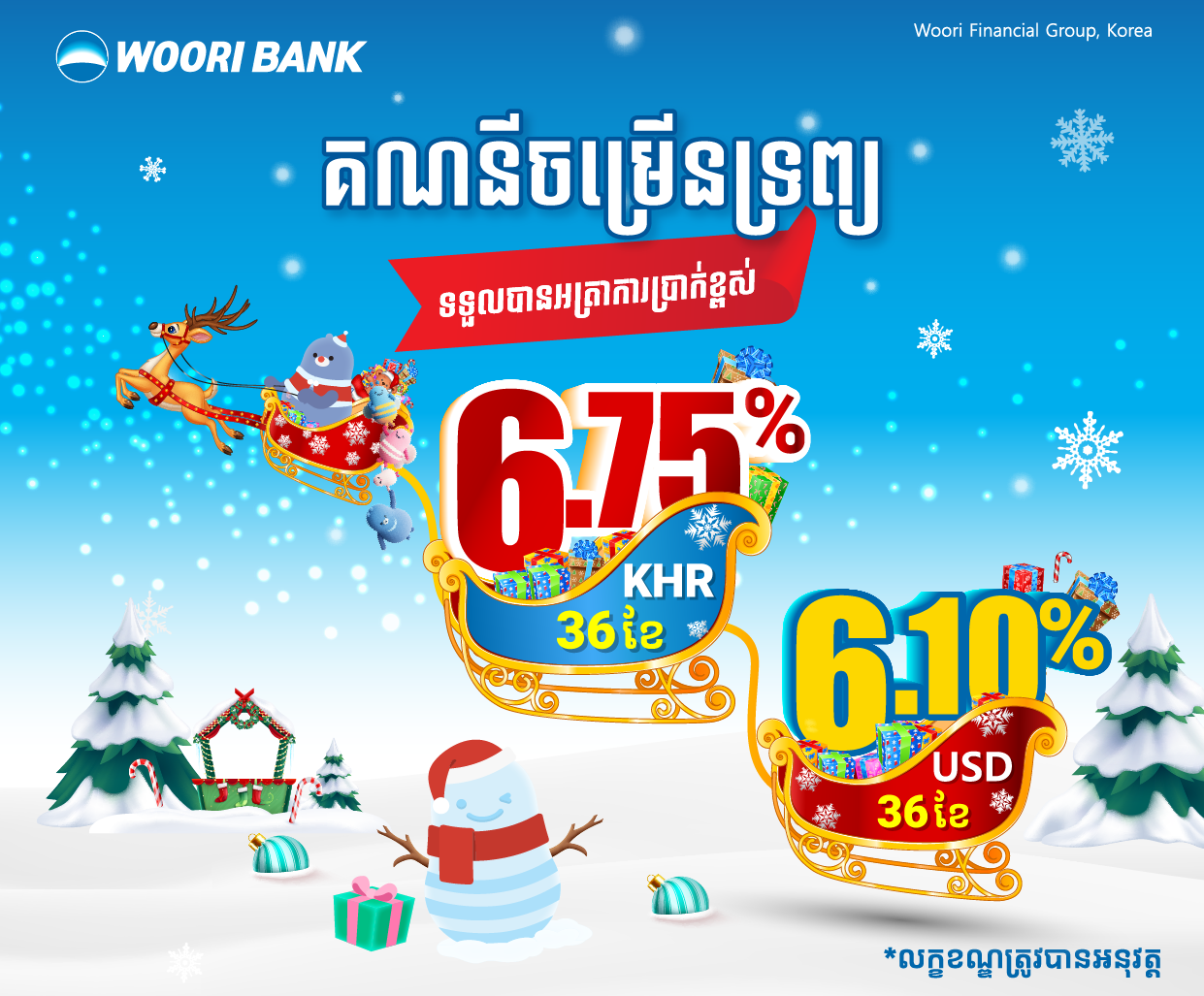
Including executive condominiums (EC), new private home sales in Singapore fell 23.6 per cent to 559 units from 732 units in January. THE STRAITS TIMES
Developers in Singapore put on sale more new private homes from existing projects last month but sold fewer units due to the typical Lunar New Year (LNY) lull and the absence of major new launches.
Sentiment was also dampened by the prospect of rising interest rates, a surge in Covid-19 cases following the festivities and heightened geopolitical tensions from the Russia-Ukraine war, analysts said.
Buyers took up 527 private residential units, down nearly 23 per cent from 680 in January and 18.3 per cent lower than 645 a year ago, according to Urban Redevelopment Authority (URA) data released on March 15.
This is the lowest monthly new home sales since 487 units were sold in May 2020.
There was only one new launch – the 32-unit Royal Hallmark in Haig Lane – which sold 10 units last month at a median price of S$1,905 per square foot (US$15,050 per sqm).
JLL senior director of research and consultancy Ong Teck Hui attributed developers’ cautious mood following the latest cooling measures to a “substantial increase in ABSD [additional buyer’s stamp duty] rates and tightening of the total debt service ratio [TDSR], which make it harder to assess demand and decide on pricing before launching projects”.
Developers rolled out 194 new homes last month, up nearly nine per cent from 178 in January and 16.2 per cent higher than 167 a year earlier.
Including executive condominiums (EC), new private home sales fell 23.6 per cent, to 559 units, from 732 units in January.
Despite headwinds from rising interest rates and the Ukraine turmoil, a robust Housing Board resale market could continue to support private housing sales, ERA Realty’s head of research and consultancy Nicholas Mak said.
Upcoming new projects in the second quarter include Qingjian Realty’s The Arden in Phoenix Road, Bukit Sembawang’s Liv @ MB (former Katong Park Towers), Sing Holdings’ EC North Gaia in Yishun and City Developments and MCL Land’s Piccadilly Grand in Northumberland Road.
CBRE’s Southeast Asia research head Tricia Song said that, in particular, North Gaia is expected to perform strongly due to demand from upgraders and first-time home buyers, who are largely unaffected by the increase in ABSD rates.
In the short term, the residential market could also benefit from safe haven flows amid heightened geopolitical uncertainty, she added.
Wong Siew Ying, head of research and content at PropNex Realty, noted that the proportion of new private homes (excluding ECs) bought by foreigners remained stable at 4.9 per cent of overall sales in February, up from 4.3 per cent in January.
Home purchases by foreigners rose to 26 units in February from 22 in December last year, she added.
Singaporeans accounted for 79.3 per cent of February’s sales, while permanent residents took up 15.6 per cent of units sold during the month.
Based on price quantum, the largest proportion of new private homes sold were in the S$1.5-2 million (US$1.10-1.47 million) range, which made up 36 per cent of last month’s sales.
Song said: “This was followed by the S$1-1.5 million bracket, at 23.9 per cent, as affordability remained a key demand driver.”
Excluding ECs, the city fringe area accounted for a little over 50 per cent of total new sales, followed by the suburbs (30.4 per cent) and the prime districts (19.2 per cent).
Last month’s top sellers were from existing projects Normanton Park, Dairy Farm Residences, Avenue South Residence, The Florence Residences, One Pearl Bank and Fourth Avenue Residences.
The supply crunch could worsen this year as the number of new home launches is expected to drop by another 20 per cent to around 9,000 units (including ECs), said Christine Sun, OrangeTee & Tie senior vice-president of research and analytics.
“While more land parcels will be released from the Government Land Sales programme in the first half of this year, the new homes will only enter the market next year,” she added.
THE STRAITS TIMES (SINGAPORE)/ASIA NEWS NETWORK











